RE Newsletter
This week some of our Year 7’s and 8’s had the exciting opportunity to work with The Anne Frank Trust on some workshops about the life of Anne Frank, The Holocaust, and prejudice...
Filter by Category
Filter by Author






















































































































































































This week some of our Year 7’s and 8’s had the exciting opportunity to work with The Anne Frank Trust on some workshops about the life of Anne Frank, The Holocaust, and prejudice...
Posted by Isabella Sumpter
Keeping in line with the Mental and Health Awareness Week, we explored the crucial role of employers in a business to improve the mental and emotional well being of their...
Posted by admin

Congratulations to Year 9 student Emilio, who has successfully completed his PADI Open Water Diver certification. Emilio earned his certificate over the Easter holidays after...
Posted by Olivia De Groot
We are pleased to introduce two new members of our teaching staff: Mr Odebunmi and Ms Chivu, who have joined us as permanent Cover Supervisors. As you know, there are...
Posted by Olivia De Groot
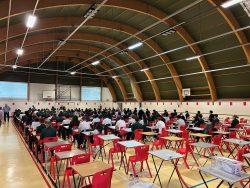
It was impressive to see all the hardworking Year 11 students file into the Sports Hall examination centre in silence, taking their seats after handing in their switched-off...
Posted by Jeremy Turner

Head of Faculty for Learning Support and SENDCo Mrs Seed provided staff with a very timely reminder on Monday morning at our Staff Briefing meeting in the main hall about how to...
Posted by Jeremy Turner

Name: Layla House: 10 Oak Reason for nomination: The combination of high attendance, excellent attitude to learning and the number of positive rewards gained....
Posted by Daniel Mitman
This week across Bushey Meads, the pastoral team have been working hard to develop student understanding around our values of Respect and Responsibility—two values that sit at...
Posted by Daniel Mitman
Posted by admin
This week, our Year 9 students took part in their first set of core subject exams under full exam conditions in the Sportshall. They sat their English exam on Monday, followed by...
Posted by Mo Abusef
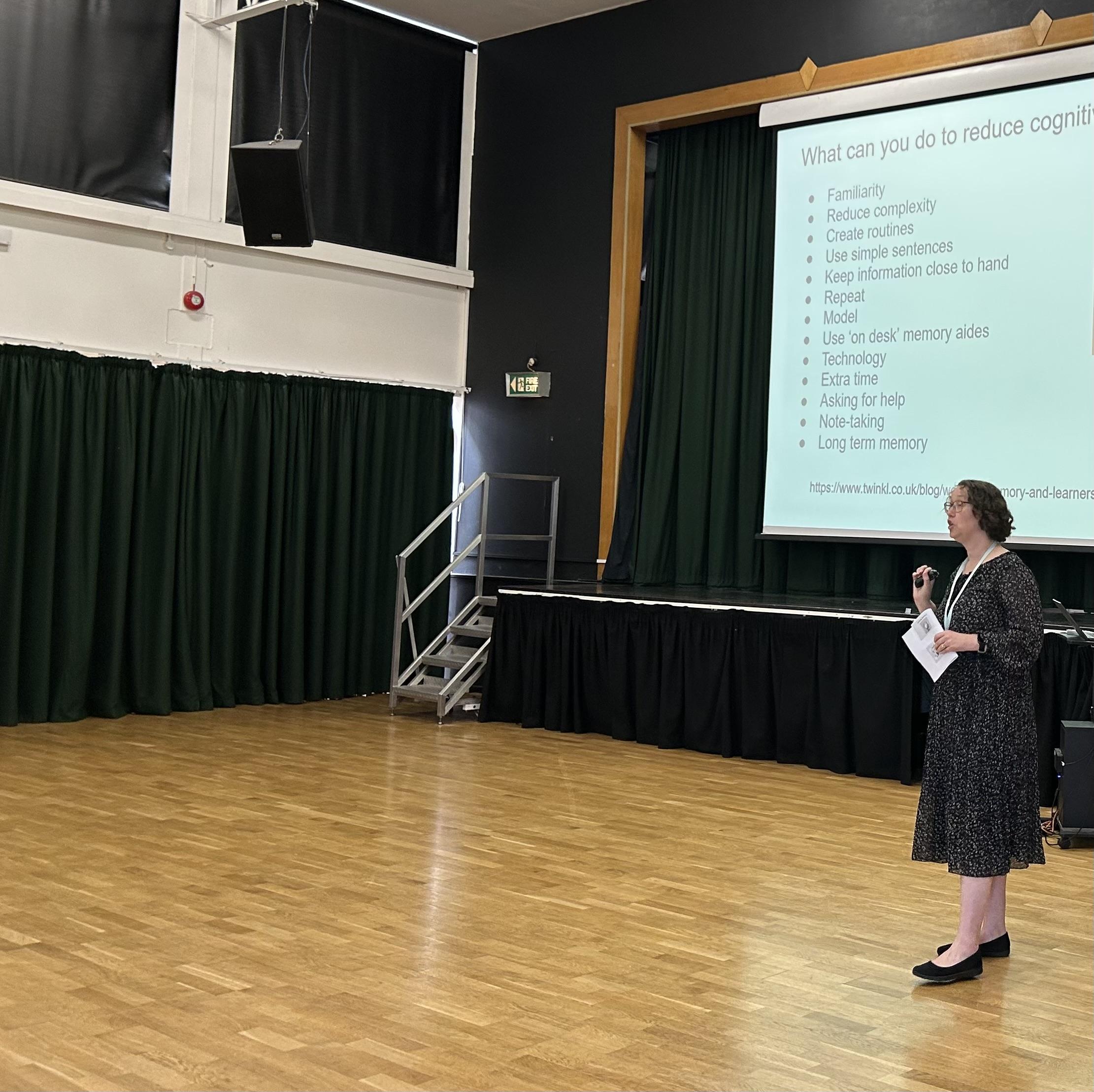
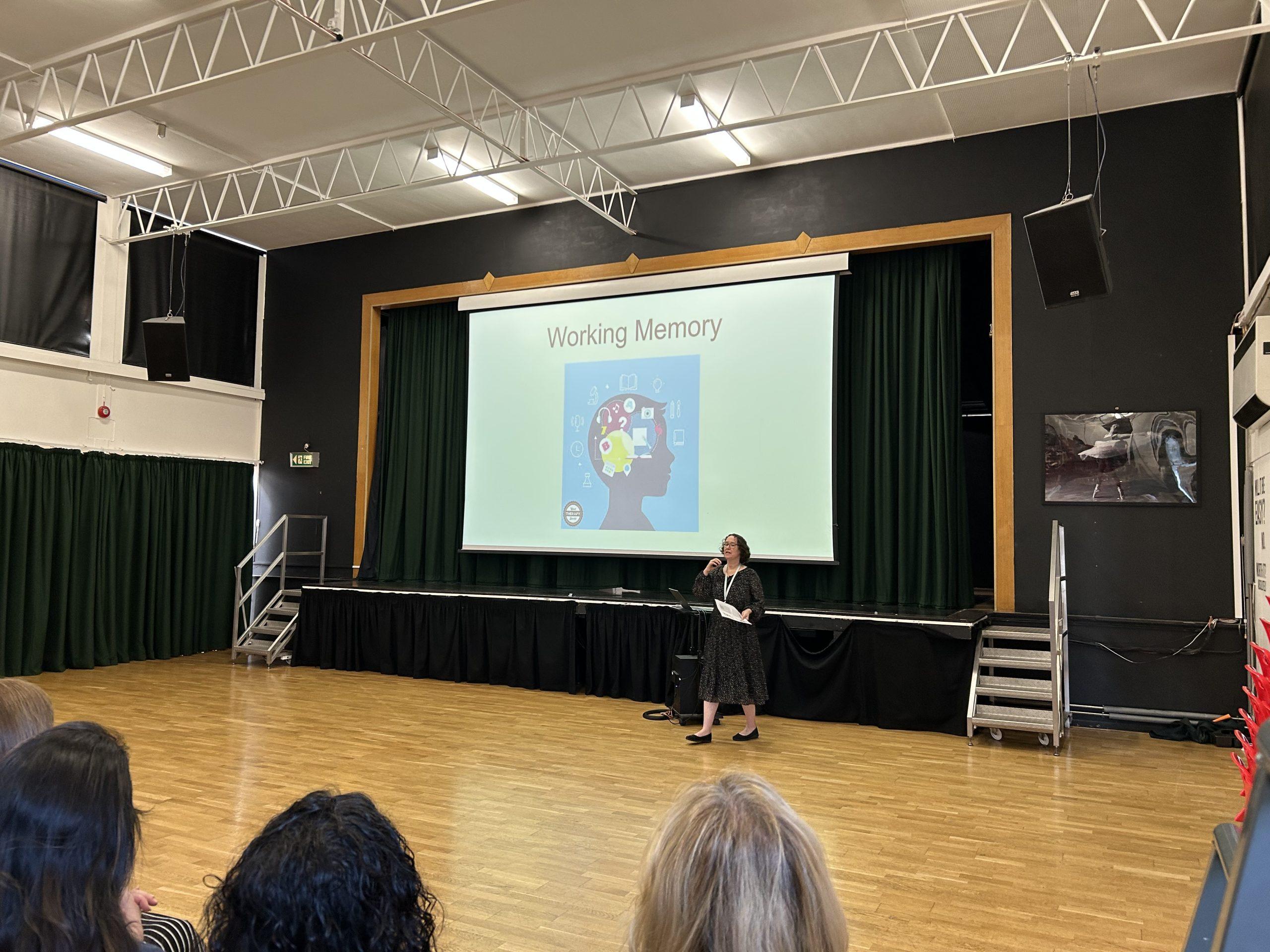
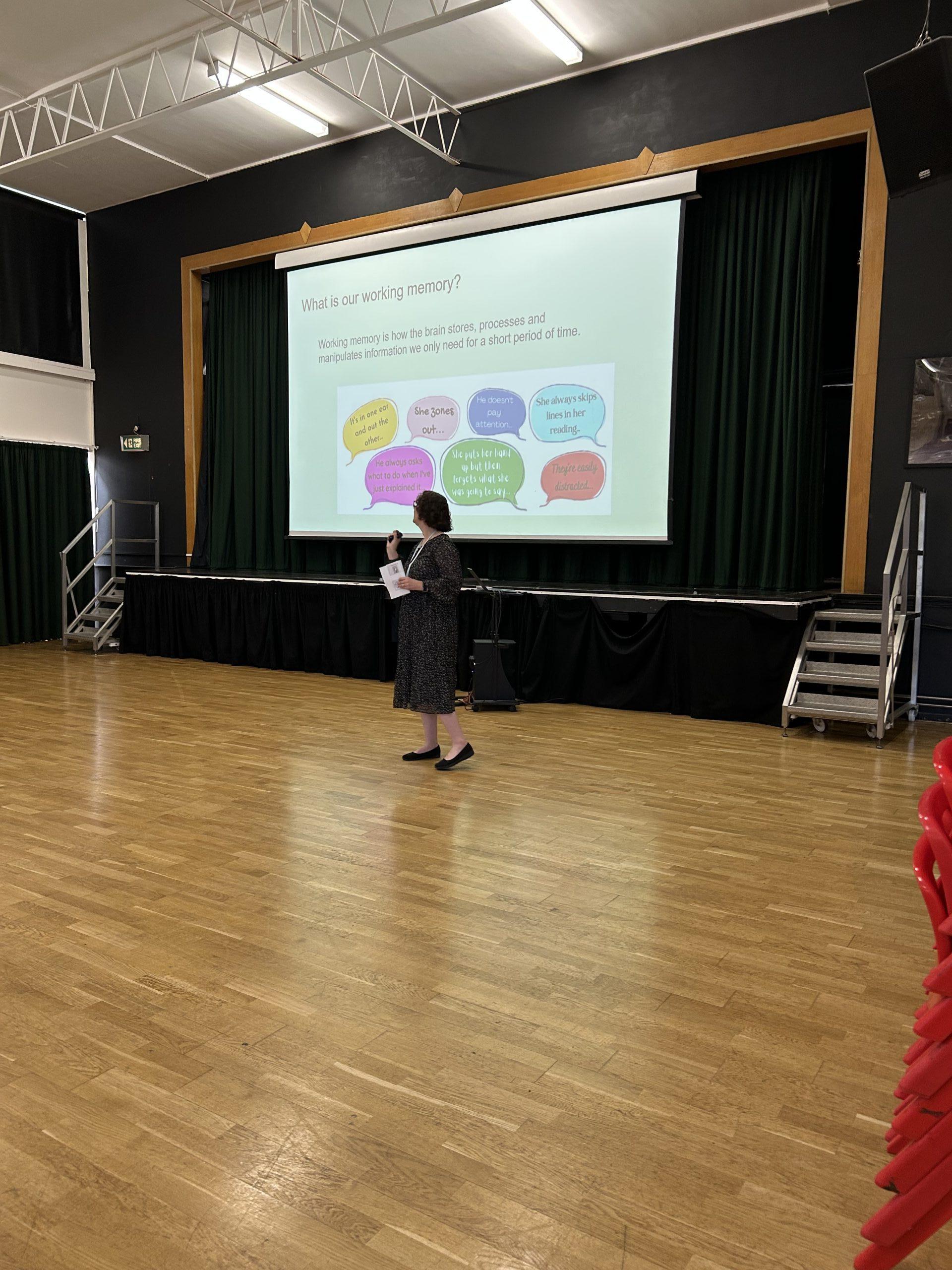
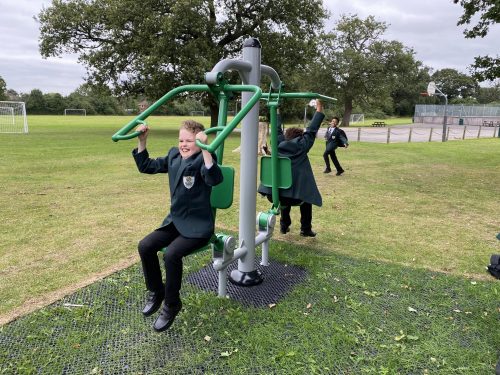
Bushey Meads School now boosts a fantastic outdoor gym which has been well received by students and staff alike. Coming out of the recent lockdowns, as a school we wanted to boost...

Name: Layla House: 10 Oak Reason for nomination: The combination of high attendance, excellent attitude to learning and the number of positive rewards gained....